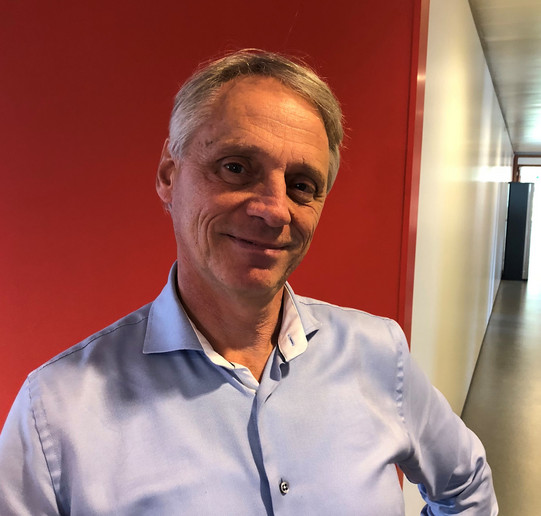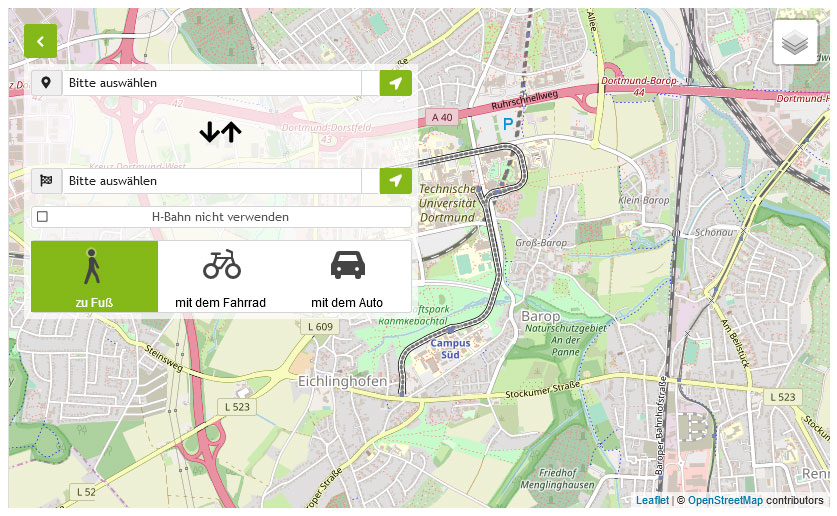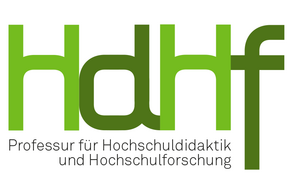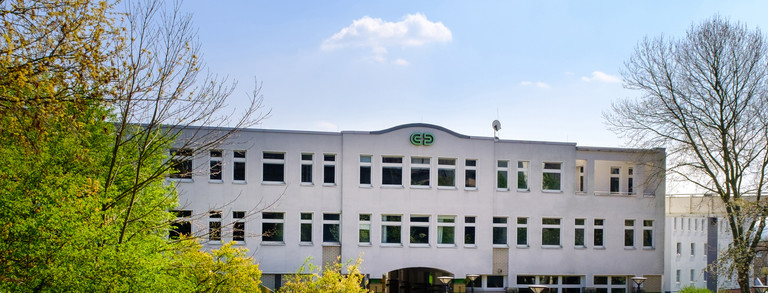Dr. Ben Jongbloed
Funding for Performance in European Higher Education: Trends and Impacts

Building on previous work carried out in CHEPS (e.g., Jongbloed & Vossensteyn, 2016) and based on a recent comparative study carried out for the European Commission (Jongbloed et al., 2022), this colloquium will provide an overview of the key issues and dilemmas around Performance-Based Funding (PBF) in higher education. PBF comes in different shapes and sizes and has become increasingly popular. Elements of PBF appear in funding formulas and in negotiations-based approaches, such as performance agreements, strategic framework contracts and Ziel- und Leistungsvereinbarungen. But PBF also is a highly contentious approach for the steering and guidance of universities.
Based on information collected from all 27 EU Member States, we will discuss the design of PBF and shed some light on the advantages and disadvantages of PBF systems. Finally, we will discuss some policy implications and address the key question: Does PBF matter for the performance of higher education institutions?
References:
- Jongbloed, B.W.A. and J.J. Vossensteyn (2016), University funding and student funding: international comparisons, Oxford Review of Economic Policy, Vol. 32, No. 4, pp. 576–595.
- Jongbloed, B., de Boer, H., McGrath, C., de Gayardon, A., et al. (2022 – to be published). Study on the state and effectiveness of national funding systems of higher education to support the European Universities Initiative. Brussels: DG-EAC.
Ben Jongbloed is a senior research associate in the Center for Higher Education Policy Studies (CHEPS) at the University of Twente, where he received his PhD. He has worked at CHEPS for almost 30 years, studying issues of governance and resource allocation in higher education. He was involved in several policy evaluations and consultancies for clients such as ministries of education and the European Commission. Ben has published widely on the public and private funding of higher education and research. Besides that, his research focuses on embedding entrepreneurship (HEInnovate) and sustainability in higher education (DECODE). He also teaches public policy and higher education economics at the University of Twente and in Oslo University and he regularly supervises students and PhD candidates working on their thesis.
Wednesday, 18 May 2022, 4.00–5.30 p.m. (CEST) | Hybrid
Vogelpothsweg 78 (CDI building), room 114 | Online via Zoom
Center for Higher Education (zhb)
Professorship of Higher Education





